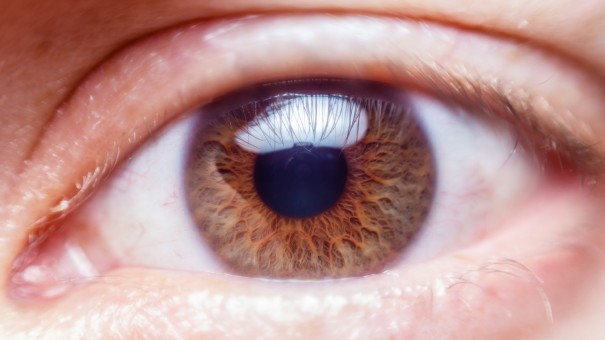Amniotic Membrane Transplantation Uses Embryonic Tissue to Treat Eye Disorders

Grafting tissue to help the body heal and cover flaws is nothing new—but it’s not as common to hear about transplanting tissues for your eyes. However, medical technology has advanced far enough for a procedure called Amniotic Membrane Transplantation (AMT) to be possible.
While you’ve probably heard of skin grafts before, this procedure actually transplants tissue from a fetus’s embryonic sac.
According to a report in the British Journal of Ophthalmology, the tissue is retrieved after certain elective C-section births (1). Donors are screened for problems that might disqualify the transplant, such as HIV or Hepatitis B or C.
Then, the tissue can be used immediately or preserved for several months. AMT has been used in a variety of ways from treating burns to covering ulcers and assisting in surgeries.
So what’s the benefit of using this very specific tissue for the eyes?
The amniotic membrane replaces damaged tissue and promotes surface healing of the eye, a process called epithelialization.
The above report states that, in some cases, the tissue acts as a protectant while the eye heals itself underneath.
Also, the tissue lacks certain antigens that could cause the immune system to attack it. This means the tissue doesn’t get rejected by the body, giving it a high potential for successful healing.
Next, doctors must retrieve the tissue from the placenta, taking great care to keep the membrane sterile. That process is outlined in an article by Dr. Pragnya Rao, who is a consultant ophthalmologist from L V Prasad Eye Institute:
Once doctors get the placenta, they separate the amniotic membrane into its two sections, called the amnion and chorion. The amnion is the outer layer that surrounds the embryo, and the chorion is the inner layer.
In addition, each tissue has two sides with different cells and purposes. One that acts as a barrier to the outside and a sticky side that adheres to other tissue.
During surgery, doctors transplant the tissue sticky side down and use surgical glue to secure it.
According to the article, AMT doesn’t always fully heal the eye problem if the area has heavy inflammation. The inflammation can cause the tissue to disintegrate early, Dr. Rao points out.
However, AMT can be used successfully in many eye disorders that don’t respond to treatment. Some uses include chemical burns, surfer’s eye or a malignant cancer called ocular surface squamous neoplasia.
Amniotic Membrane Transplantation has been useful for these and other eye disorders in the last few decades. As long as doctors take care to select the right time and place to perform it, AMT may keep showing success for patients who can’t resolve eye problems otherwise.
Is there a link between deodorant and breast cancer? Find out here.
